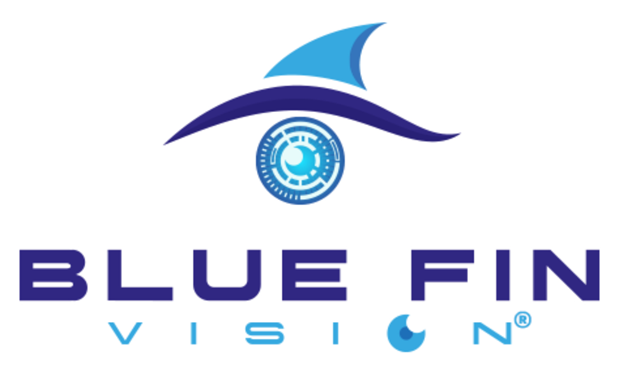Refractive Lens Exchange compared to Cataract Surgery: Understanding the Differences
Refractive Lens Exchange compared to Cataract Surgery: Understanding the Differences
Blog Article

Advancements in ophthalmology have revolutionized just how we correct vision. From laser-based techniques to intraocular Lens answers, people nowadays have a wide selection of choices tailored for their specific aesthetic needs. Among probably the most outstanding techniques are ICL surgery.Each process serves a particular purpose and is suited to different age brackets, Eye problems, and lifestyle preferences.
Lens Replacement Surgery and Refractive Lens Exchange are closely related methods applied generally for persons around 40 that are experiencing presbyopia or are not excellent prospects for laser perspective correction. In this procedure, the organic Lens of a person's eye is changed with an artificial intraocular Lens (IOL) to boost emphasis and reduce dependency on glasses or contact lenses. It is especially necessary for patients with large refractive errors or those looking for a long-term answer that also removes the risk of future cataract development.
ICL Surgery involves the implantation of a soft, variable Lens behind the iris and before the organic lens. Unlike Lens Replacement, ICL does not eliminate the normal Lens, making it a reversible procedure. It is highly suitable for younger people with thin corneas or individuals with reasonable to high examples of nearsightedness who're not excellent prospects for LASIK or PRK. One of many crucial benefits of ICL could be the preservation of corneal muscle, which can be essential for long-term ocular health.
Cataract Surgery is usually done when the organic Lens becomes clouded, frequently as a result of aging. In this process, the dark Lens is removed and replaced with a definite IOL. Technological innovations have made cataract surgery safer, quicker, and more specific, often improving equally perspective quality and overall quality of life.
Laser Eye Surgery, including LASIK, continues to be among typically the most popular practices for solving refractive errors such as for example myopia, hyperopia, and astigmatism. LASIK requires reshaping the cornea utilizing a precise laser to permit gentle entering the eye to be effectively targeted onto the retina. The answers are an average of immediate, and recovery instances are short. LASIK is great for individuals with stable solutions and ample corneal thickness.
Deciding on the best vision modification treatment depends on several facets, including era, prescription, corneal wellness, lifestyle, and particular expectations. An extensive Eye examination done by a competent ophthalmologist is important in determining the absolute most proper treatment path.
In conclusion, contemporary vision modification techniques are safe, successful, and highly customizable. Whether you are looking to eliminate your dependence on helpful contacts or address age-related changes in vision, today's sophisticated precise choices provide trusted and lasting results. With the best evaluation and advice, clear vision can be quite a truth for a wide selection of individuals. Report this page